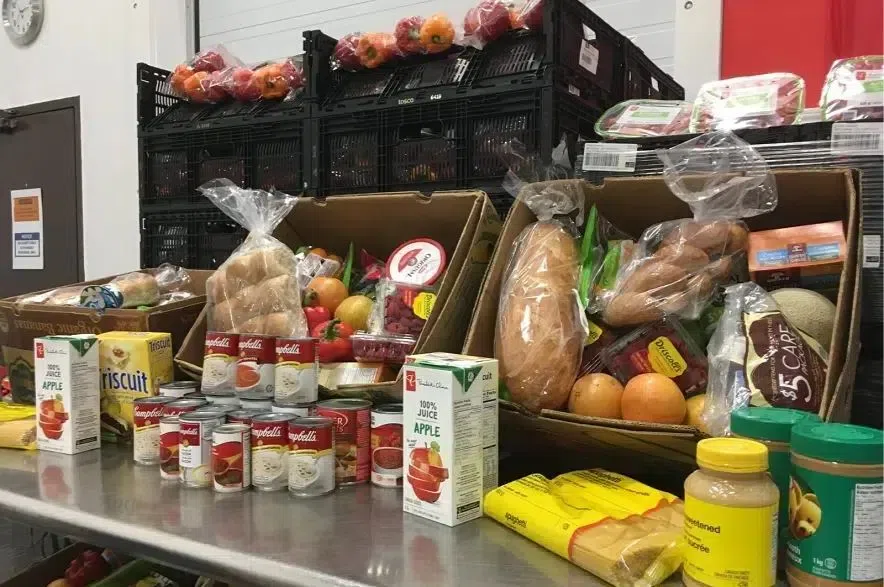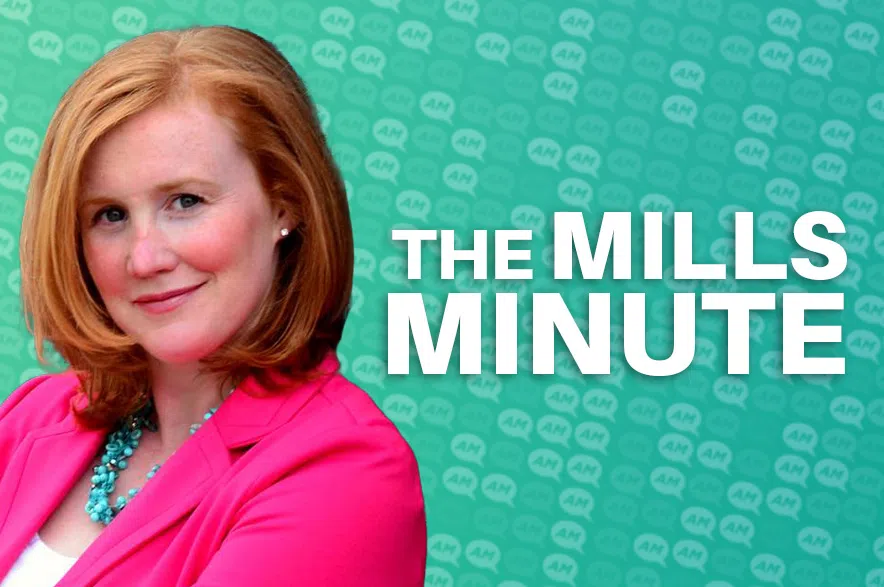The Canada Post job action may have moved to rotating strikes, but that doesn’t mean that all troubles are now over.
When it comes to places like charities, the recent postal strike is having a major impact.
Read more:
- City of Saskatoon defers upgrade work on Acadia Drive water main until spring
- Temporary homes in Denare Beach, Creighton provide much-needed relief: Councillor
- ‘Basic’ shelter could help overnight winter warming centres issues: Salvation Army
CUPW, which represents around 55,000 members, first declared the nationwide strike on Sept. 25. The decision to strike came just hours after the federal government announced changes to Canada Post’s business model, which included a recommendation to end to door-to-door mail delivery.
Nicole Danesi is a spokesperson for CanadaHelps, one of the largest online donation and fundraising platforms in the country. It supports over 85,000 Canadian registered charities via digital donations. She joined Tamara Cherry on The Evan Bray Show to talk about the impact on charities ahead of the holiday season.
Listen to the full interview with Nicole Danesi here:
The following questions and answers have been edited for length and clarity.
TAMARA CHERRY: Tell me about CanadaHelps?
NICOLE DANESI: CanadaHelps has been around for the last 25 years. When you go to canadahelps.org you can browse through any of Canada’s 85,000 registered charities.
We have a charity for everything on the on our website — you can find your local animal shelter, food bank, homeless shelter, etc. We make it easy for people to be able to support those organizations. You can make a one time donation and you get a instant tax receipt.
With the Canada Post strike, this has really been the only way that Canadians have been able to give. Over the last 25 years, we’ve raised about $3.7 billion. It really speaks to the generosity of Canadians.
CHERRY: I’m assuming there’s some sort of service fee attached to it, or you take part of the donation. Is that how it works?
DANESI: CanadaHelps is actually a charity. Our entire mission is to ensure that we spark generosity and power positive change by making it easy for Canadians to give.
We do take a very small percentage fee when you make the donation, but you still get a tax receipt for your full donated amount.
CHERRY: Tell me about the impact of Canada Post going on strike or taking any sort of job action in October?
DANESI: Food banks and food charities are in full appeal mode right now. Food banks really appreciate the dollars, because they can stretch them so much further. They have different relationships with wholesale providers, and are able to make an even bigger impact through that.
The Canada Post disruption has been quite challenging for some organizations that have either mailed out an appeal for fundraising dollars, or are waiting on dollars that have been sent to them by mail.
One food charity that I was speaking to a couple of weeks ago, right when the labour action took place, told me that from October through December they typically see about $3 million sent to them through direct mail.
Even though we are living in this really digital world, there’s still a lot of charities that are relying on mail to receive and fundraise. Also keep in mind that so many organizations are small organizations.
There’s 85,000 registered charities, and about 70 per cent of them are really small or medium sized organizations. They’re doing grassroots work, and they sometimes don’t have the ability to pivot quickly to online platforms.
CHERRY: In the context of the 2024 Canada Post strike, how much was lost in donations for Canadian charities?
DANESI: The 2024 strike was in November and December and CanadaHelps sees 40 per cent of all donations come through those two months alone. Our team estimates about $266 million was lost for the Canadian charitable sector due to that strike.
CHERRY: Did you see a shift in charities moving to more towards digital as sort of a defense mechanism for the 2025 strike?
DANESI: Over the last, let’s say, decade or so we have seen more charities transition to digital, which is great to see, because it is secure, it is fast, and the dollars can hit the charity much quicker and make a very quick impact.
incredibly responsive. So I like to say that unfortunately, they’re used to sort of having to navigate many challenges, but that gives us an additional reason to be able to support the charities that we know are doing such incredible work and we want to see thrive.
CHERRY: Why do you think there is still such a strong reliance on traditional mail for donations?
DANESI: When we conducted an Ipsos poll in December 2024, about 43 per cent of Canadians said that they would not be switching to online channels. I think that a lot of the time it’s habits that have been really entrenched in our lives.
For example, my grandmother, who’s 87 years old, doesn’t really know how to use a computer, and would write a check instead.
Read more:











